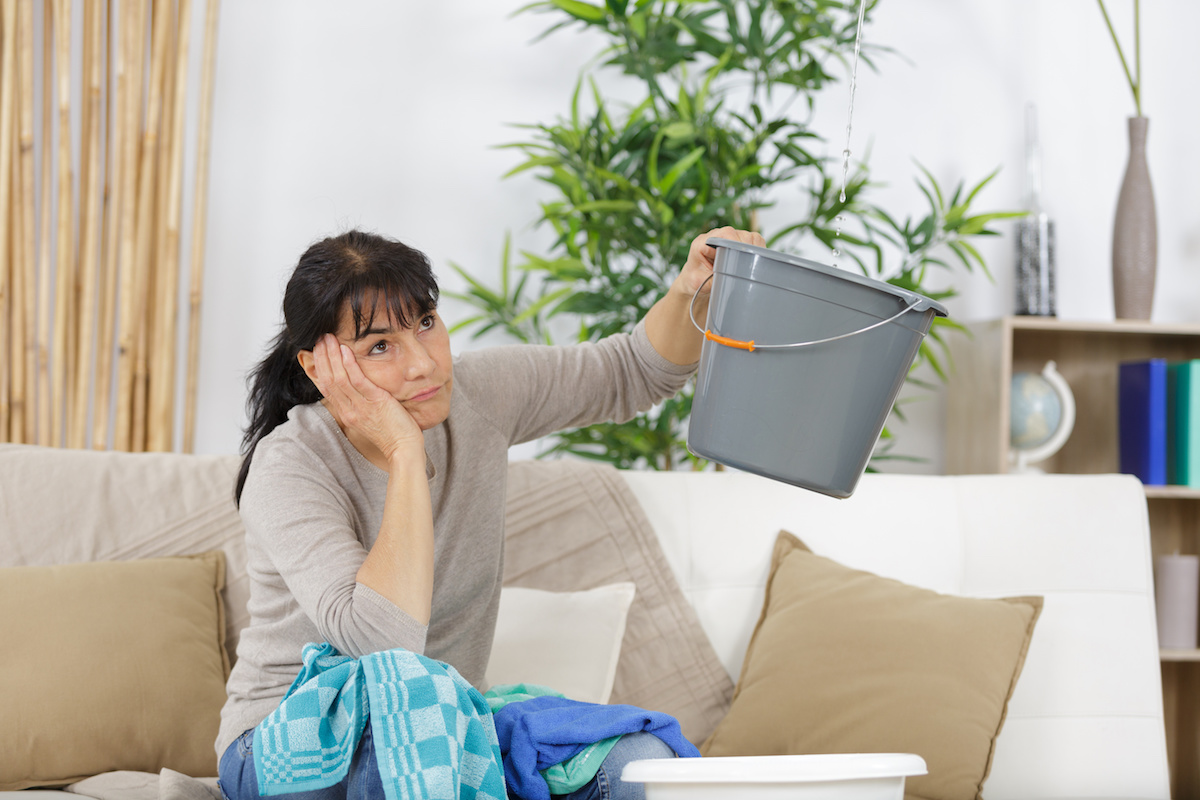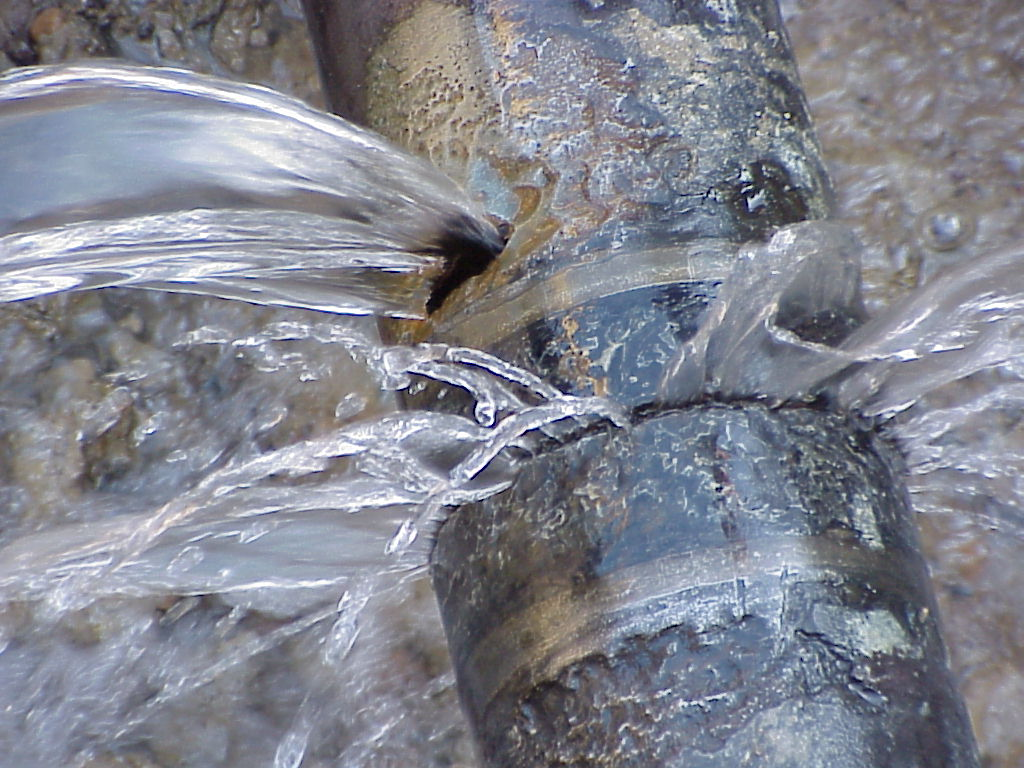Top Tips for Septic Tank Maintenance: Everything You Should Know
Top Tips for Septic Tank Maintenance: Everything You Should Know
Blog Article
This great article listed below about The Do’s And Don’ts When Water Floods Your Home is relatively interesting. Check it out yourself and decide what you think about it.

What should you do if a water pipeline bursts in your home? The longer you wait, the more serious the damages that can occur to your residential or commercial property. For these factors, you need to learn exactly how to act in the occasion of a ruptured water pipe.
Turn off the Main Waterline Valve
The first thing to do? Shut the shut-off shutoff. Seek the local shut-off shutoff to switch off the water in one certain location only. Go for the primary water line valve as well as turn it off if you don't recognize where the local shut-off valve is. This step will cut off the water right away in your whole house. Usually, the major valve is found outside the house next to the water meter. If it's not there, you can additionally locate it in 2 locations: in the cellar at eye degree or the first flooring on the ground. Commonly, building contractors placed the shut-off shutoff in the main ground level washroom or appropriate next to it.
Call Water Damages Remediation Pros for Aid
After shutting the water source, call the specialists for help. Because the pipelines needed to be dealt with and there is a demand to deal with the various other damages to your property, this circumstance is not something you can do some Do it yourself. If you can not deal, look for assistance from a reliable firm offering 24/7 emergency solutions. With their expert assistance, you can protect against much bigger water damage including deformed baseboards, loosened tiles, or damaged frameworks. Don't take this issue gently and seek specialist guidance for your total satisfaction and a trustworthy option.
Record the Damages For Insurance
While you're waiting for the pros to arrive, get some documentation of the damage caused by the errant pipe. Do close-up shots of the damaged spots and valuables.
Restore Things That Can Be Saved
Examine the harmed things and also take out the most vital ones from the pile as soon as you're done taking images. Dry them off in a dry/warm location far from the damaged area and try to preserve them as high as you can. Drag as much dampness as you can to the product so it can start to dry out.
Begin the Drying Process
You need to begin the drying out procedure immediately. Fortunately, the water from your waterlines is already clean so you do not need to fret about drain water. However, the moving water might have disrupted the dust as well as particles in your rugs and floorboards. In this instance, placed some gloves on and also start some damage control. Usage containers to dump out the water. Remove as much water as you can from the surfaces with old towels. Activate an electrical fan or open your home windows to advertise air flow. These actions will certainly hasten to completely dry as well as hinder mold and mildew and mildew growth.
Professionals are the only individuals qualified to analyze properly and also repair the burs pipes as well as subsequent damage. As constantly, pipes don't simply suddenly break out of the blue. They generally give quiet red flags like bubbling paint, water discolorations. Odd noises in the plumbing, caving ceiling, mildewy smell, or peeling wallpaper. Make note of these indications as well as do some safety nets so you can nip any type of concerns in the bud.
What should you do if a water pipeline ruptureds in your house? For these factors, you require to find out how to act in the event of a ruptured water pipeline. After shutting the water resource, call the professionals for assistance. With their specialist help, you can stop a lot bigger water damage consisting of deformed baseboards, loose ceramic tiles, or harmed structures. Luckily, the water from your waterlines is currently clean so you don't have to worry regarding sewage system water.
BROKEN WATER PIPES: COST TO REPLACE & WAYS TO FIX A PIPE
CAUSES OF A BROKEN WATER PIPE
A water pipe can break for several reasons depending on the environment you live in, type of pipe, and circumstances.
The most common cause of broken pipes is freezing. If you live in a colder climate, this could happen. When water freezes it increases in volume by 9% and the pressure in the pipes can go from 40 psi to 40,000 psi. Clearly, this could be detrimental to the pipes. Water freezing causes quick expansion, which puts stress on the pipes and could lead them to crack or weaken. When water thaws, it will leak out the cracks. Other changes in water pressure can also cause breakage. Another common cause of broken water pipes is age.
Depending on the material, water pipes can last anywhere from 70-100 years. But the older they get, the more susceptible they are to weakening and corroding. Older pipes coming into contact with another material could speed up the corrosion process as well. PVC pipes can become brittle with age, while copper is prone to corrosion and stress over time. Something that could also potentially break water pipes is when they move. They may move from construction or the house settling. Moving can stress the fixed pipe which may lead to a leak or burst pipe.
HOW MUCH WATER COULD LEAK INTO YOUR HOUSE FROM A BROKEN PIPE?
The amount of water that leaks depend on how big the break in a pipe is. If it is just a minor crack, water will slowly leak out. This isn’t as serious as a full broken pipe, but it can still cause significant damage to your home. Burst pipes can leak up to 10 gallons of water per minute. The amount of water leaked also depends on what appliance is involved. The water line to your refrigerator can leak ½ to 1 gallon per minute depending on water pressure. One toilet supply line may leak 2-3 gallons a minute and a washing machine hose will leak up to 10-12 gallons per minute.
TURN THE WATER OFF
Doing this first is imperative; everything else can wait. You need to deactivate the water supply to stop the flow of water and prevent more water from leaking into your home. Shutting off the water could potentially save you thousands in water damage repairs. Locating the water shutoff valve depends on the climate you live in. For colder climates, the valves are usually inside, such as in the basement. For houses in milder weather, the shutoff valves will probably be outside—either attached to an exterior wall or in an underground box with a removable lid.
OPEN A FAUCET
The next thing to do is to open a faucet or turn on a sink. This will relieve any remaining water pressure in the pipes and ensure a full-shut down.
GET RID OF THE WATER
The quicker you get rid of the water, the less water damage and mold there could be. Use a mop and a shop vacuum to help get clean up the water. Use towels to dry everything the best you can.
CUT AND REMOVE THE DAMAGED PIPE
Once you have shut off the water and drained the damaged water pipe, you can begin to fix the issue. Cut out the damaged section of the pipe with a pipe cutter, ensuring that you also cut one inch extra on each side of the damage. Once you get rid of the broken part of the pipe, you may begin repairs.
https://www.wmhendersoninc.com/blog/broken-water-pipes-cost-to-replace-ways-to-fix-a-pipe/

As a reader on What To Do And What Not To Do When Dealing With Water Damage, I was thinking sharing that article post was appropriate. Do you know someone else who is occupied with Do’s And Don’ts In Case Of Water Damage? Do not hesitate to share it. I cherish reading our article about Water Damage Restoration Do’s And Don’t.
Report this page